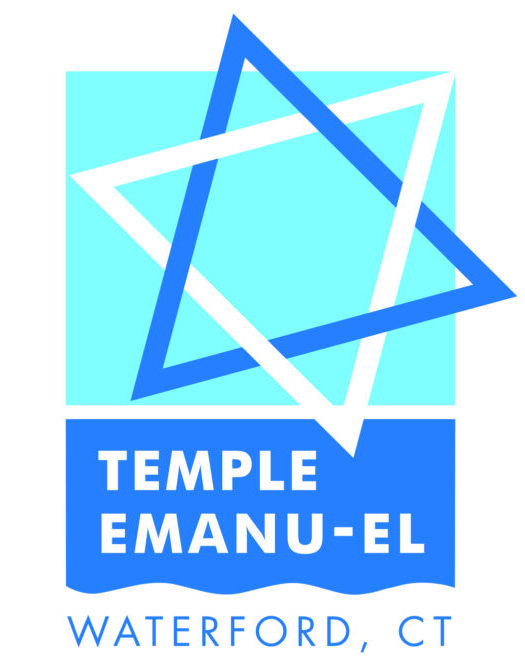| April 2024
Friends, This past month, I had the incredible privilege of marrying two couples within one week. In large congregations and Jewish communities, this might be common. In our small community and congregation, it is unusual. Even more remarkable is that I know both couples well. One of them I know very well because the groom is my oldest son, Michael, and the bride is my new daughter-in-law, Julia. Both weddings were very small, with guests limited to close family and friends. Yet, the guest list size doesn’t change the magnitude of the moment. Whether the guest list is hundreds or a few, two people making a sacred commitment to one another, is a shehecheyanu moment. However, when the guest list is small, all involved seem more focused on the commitment and the sacredness of the moment rather than the little details and logistics that make large weddings seem intimate and beautiful. Every wedding has its special moment. Sometimes, the special moment is when a parent or parents escort their child to join hands with their partner before coming under the chuppah. Sometimes, it is the personal vows, the ring exchange, announcing the couple, breaking the glass, or the first kiss in marriage. For both of these weddings, the special moment was the priestly blessing – Y’varech’cha Adonai v’yishm‘recha –May the Lord bless you and protect you. For each couple, I wrapped them in my tallit; they wrapped their arms around each other; I spoke God’s words through my humble heart while they tightly closed their eyes, making feeble attempts to stem the tears of love and joy, with their hearts wholly opened to the sanctity of the moment. As wonderful as these moments under the chuppah were, much of the backdrop is not so wonderful. As American Jews, we are struggling with the fallout from the assault, torture, murder, and abduction of Israelis, Jews, and foreign workers on October 7; rising antisemitism; growing rifts between us Jews and people and groups we thought were our strong allies; not to mention fragile economies, climate change, migrant and refugee crises, and political extremism both at home in the US, and our homeland, Israel. Most disturbing is that most of these issues are not Jewish-centric, yet Jews are often named as the central problem with many of them. In his article in The Atlantic, published March 4, Franklin Foer detailed the many signs we have seen and experienced ourselves that lead him to conclude that the Golden Age of American Jews is Ending. As depressing and scary as this article is, I suggest you read it. But Franklin Foer does not tell us what to do with this realization. I choose to look for hope. So, where do I find hope? I find hope in these two weddings. In both cases, an interfaith couple believed the context for the start of their married life, their envisioned future, should be under the chuppah. I also find hope in the more difficult places, like friends and family supporting those struggling with cancer or those amid grief from the loss of loved ones. I find hope in the large crowd of Jews and non-Jews gathered at the Garde to see Jerry Fischer’s movie premier, Henny – a Legacy of Hope. I find hope in the steady stream of individuals and families finding their way to Temple Emanu-El, with little outreach on our part, seeking spiritual and community connection through Reform Judaism. Indeed, there are many signs of hope. Franklin Foer is rightly ringing the alarm bell. But we should know our Jewish history well enough to know that the Golden Age of American Jews wasn’t the only such age for Jews. We should also know that the largest part of our history resides not in a single united homeland but in all the places and cultures within which Jews have thrived under incredibly difficult circumstances. There is always hope to be found somewhere if you are looking for it. Look, and you will surely be inspired. L’shalom, |

